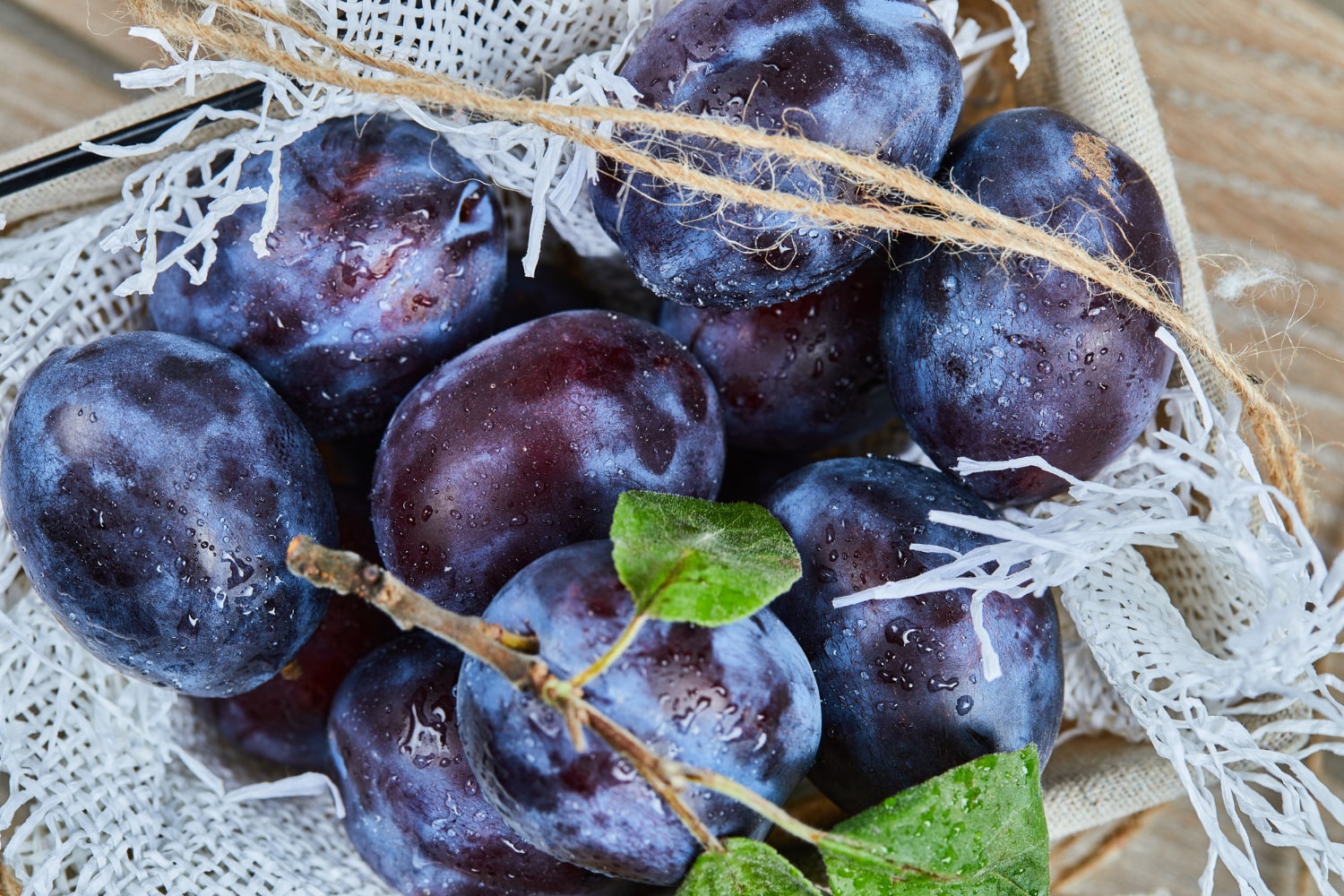Plums are not just juicy fruits, but a true gift of nature used in cooking, medicine, cosmetics, and culture. They have accompanied humanity for thousands of years and remain an important part of a healthy diet today. Plums come in many colors, flavors, and varieties, each with its own unique characteristics. Below are some interesting and lesser-known facts about plums that may change the way you view this familiar fruit.
- Plums have been cultivated for over 2000 years. They are believed to have originated in the regions of the Caucasus, Asia Minor, and Iran before spreading across the globe.
- There are over 2500 known varieties of plums worldwide. They differ in color, size, shape, and taste, ranging from small yellow ones to large dark purple fruits.
- Plum is one of the earliest domesticated fruit trees. References to plums can be found in the writings of Pliny the Elder in the first century AD.
- Plums have a mild laxative effect. This is due to the presence of sorbitol and dietary fiber, which help improve digestion and remove toxins from the body.
- In Chinese culture, the plum symbolizes resilience and hope. It blooms in winter, when everything else is dormant, representing renewal and strength of spirit.
- Dried plums, commonly known as prunes, contain more antioxidants than fresh plums. They are especially rich in phenolic compounds that fight free radicals in the body.
- Plums are a good source of vitamins A, C, K, B-complex, as well as minerals like potassium, iron, copper, and magnesium. These nutrients support heart health, immunity, and strong bones.
- In cooking, plums are incredibly versatile. They are used in jams, compotes, pies, meat sauces, liqueurs, and even sweet-and-sour dishes in Asian cuisine.
- The plum is related to the peach, apricot, and cherry. All these fruits belong to the Prunus genus and share a similar structure with a pit, juicy flesh, and thin skin.
- In Japan, there is a special variety of plums called umeboshi. These are pickled plums with an intensely sour and salty flavor, often served with rice and used as natural preservatives.
- Some varieties of plums can be eaten while still firm and slightly tart. Others develop their full flavor only when fully ripe or after being cooked.
- Plums are included in many folk medicine recipes for body cleansing. Decoctions made from prunes are used to normalize stomach and liver function.
- The largest plum producers in the world are China, Romania, Serbia, and the United States. In Europe, plums play a significant role in agriculture, especially in Central and Eastern countries.
- Plums are used to make traditional Hungarian brandy known as slivovitz. This distilled drink is made from fermented plums and is considered a national symbol.
- In cosmetics, plum extract is used in moisturizing and toning products. Thanks to its vitamin and acid content, it improves skin tone and helps prevent premature aging.
- There are ornamental plum trees that do not produce edible fruit but are valued for their beautiful pink or white blossoms in spring. These trees are commonly planted in parks and gardens for decorative purposes.
- In France, the famous Ente plum variety is grown to produce premium prunes with protected geographical indication. These prunes are considered among the finest in the world.
- Prunes have a long shelf life without the need for preservatives. Their low water content and high natural sugar levels make them naturally resistant to spoilage.
- In folk medicine, plums are believed to help lower blood pressure. Regular consumption promotes blood vessel dilation and helps remove excess fluids from the body.
- In some regions, plums are used as natural food coloring. Darker varieties produce intensely purple juice that is used in beverages, desserts, and even textile dyeing.
These fascinating facts about plums show that they are much more than just a tasty dessert. Plums play an important role in medicine, culture, cuisine, and horticulture. Their versatility, health benefits, and symbolic meaning make them a true gift from nature. By taking a closer look, we discover that this humble fruit holds a whole world of flavor, tradition, and wellness.





